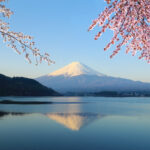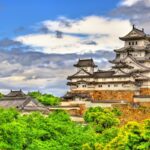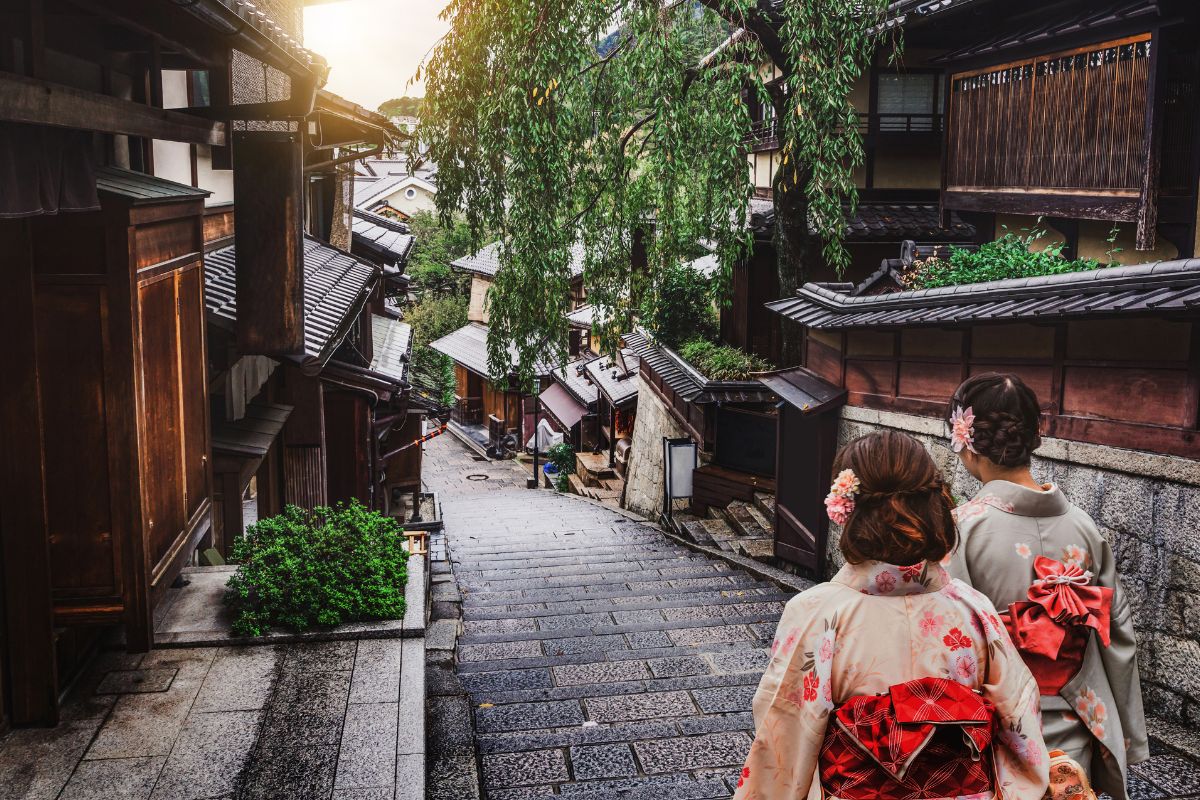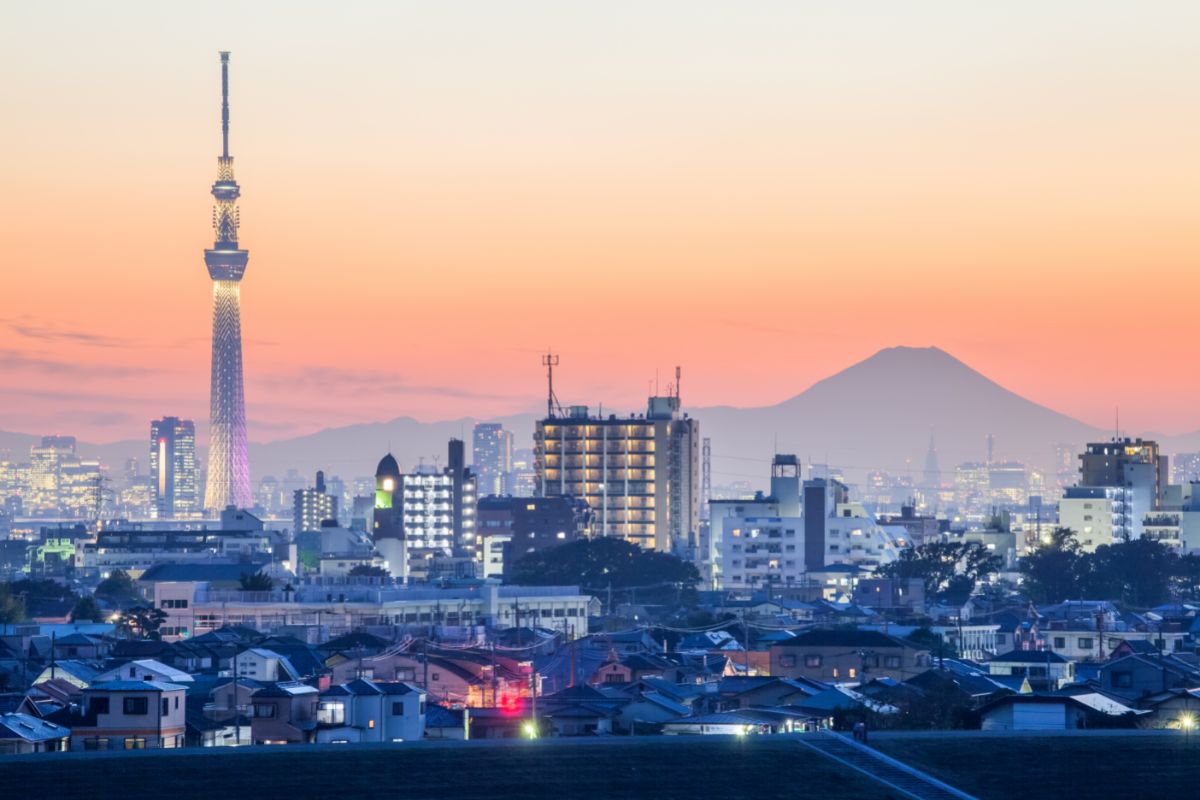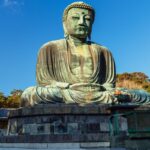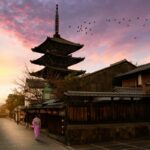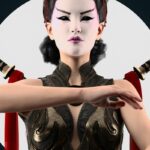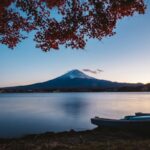Kamakura is a city in Japan, located near Tokyo. The name means “mountain retreat” or “summit castle”. There are several temples in Kamakura, such as Hase Temple, Kinkakuji Temple, and Rinno Temples.
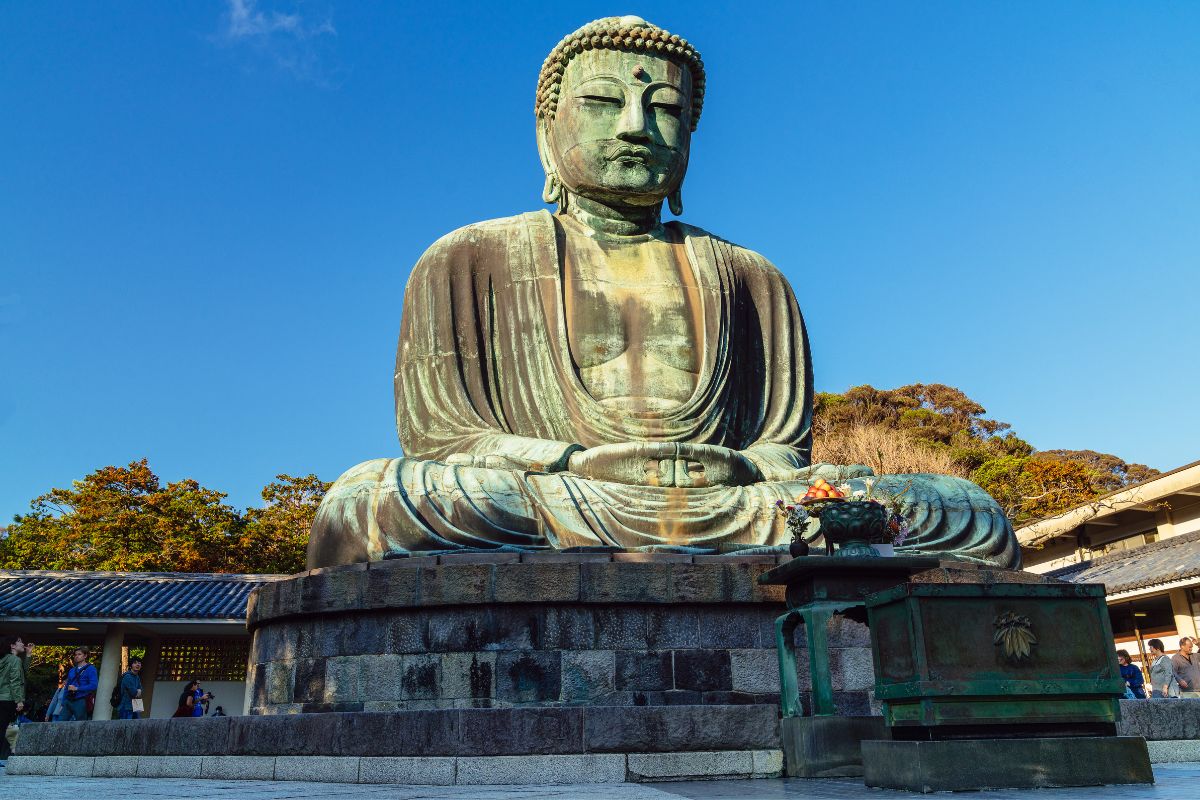
Kamakura was once the capital of Japan during the Heian period (794–1185). Today, it’s known for its beautiful scenery and historical sites. But, what other definitions and meanings lay behind Kamakura? Let’s find out below!
What Is The Definition Of Kamakura?
The Japanese word Kamakura translates to “pleasantly cool spot.” Kamakura is famous for its temples, gardens, and shrines. Here are some facts about this beautiful place.
Kamakura is a Japanese city located in Kanagawa prefecture, approximately 50 km west of central Tokyo. Today, the city is best known as the home of Zen Buddhism and the site of many temples and shrines. It is sometimes referred to as the “City of Eternal Spring”, due to its mild climate.
The area around Kamakura was historically important since the early Heian period and became one of the most prosperous cities in Japan during the Kamakura shogunate. In 1333, the Ashikaga shōgun Yoshimitsu moved his court there and built a castle called Kamakura Castle.
During the Muromachi period, the city grew into a major political center; however, following the Battle of Dannoura in 1593, the shogunate relocated to Edo (modern-day Tokyo).
After the Meiji Restoration, the city lost much of its importance.
However, the city has experienced a recent revival, and some of the old neighborhoods have been designated World Heritage Sites.
Other Definitions Of Kamakura
Kamakura also has other definitions, here are some listed below!
A Kamakura is a type of wooden statue representing a Buddha, usually standing on a lotus flower base. They are common in Buddhist countries such as China, Korea, Vietnam, Thailand, Cambodia, Laos, and Myanmar.
A Kamakura is a traditional Japanese garden consisting of several rock gardens, water basins, ponds, bridges, statues, trees, rocks, plants, etc., arranged according to geomantic principles.
What Are Some Interesting Facts About Kamakura?
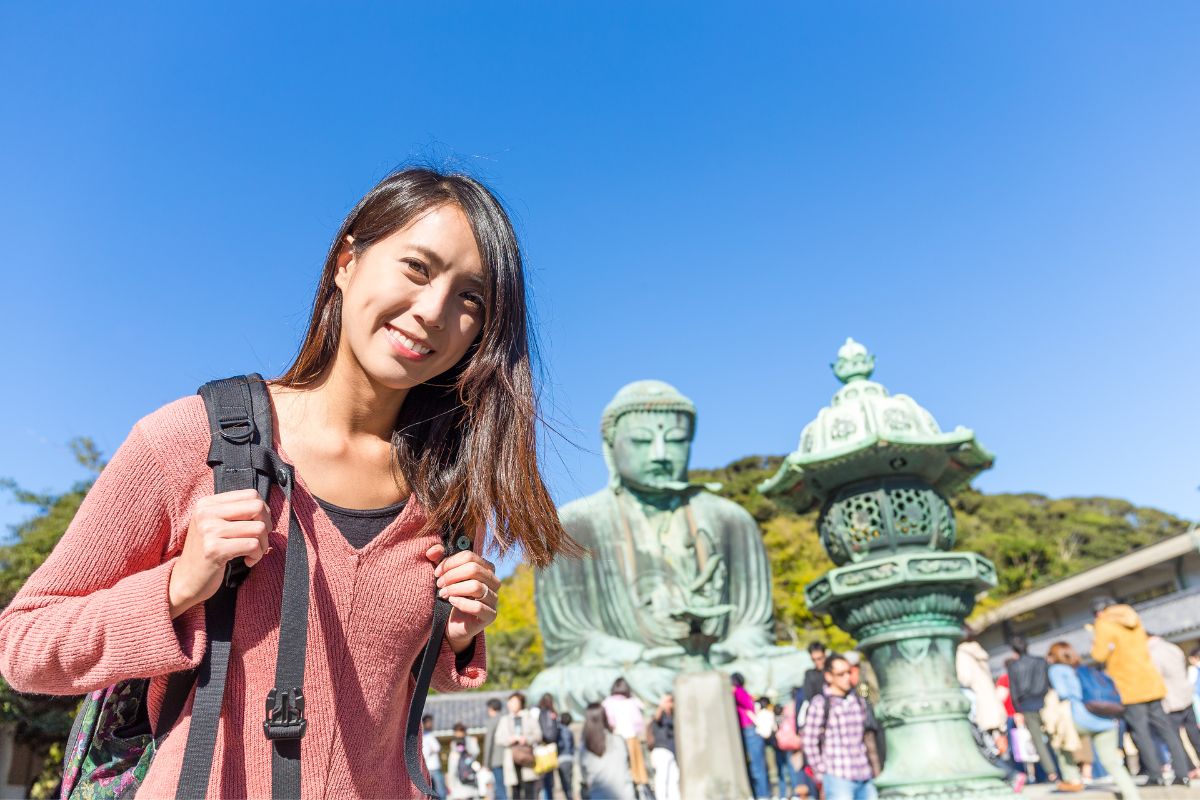
- Kamakura is the name of two temples and is home to two Buddhist temples — Kenchoji Temple and Zentsuji Temple. They’re both located within walking distance of each other. Kenchoji Temple is known for its large torii gates, while Zentsuji Temple is better known for its intricate garden design.
- It has been home to prime ministers and other government officials for centuries. In 1180, Kamakura became the capital of Japan under Emperor Go-Shirakawa. During the Muromachi period, it remained one of the most important cultural centers, where people produced many of the Edo period classics such as Haiku poetry.
- It’s also where you can find the gardens of Yoshima In Nagato. Yoshimizu Garden is a traditional Japanese garden featuring ponds, bridges, waterfalls, mossy rocks, sand paths, and red maples. It is a popular tourist attraction.
- Kamakura became a vital shipping territory too. Shrines and temples in Kamakura helped mark the safe passage of ships travelling between China and Japan.
- Kamakura also played an active role in World War II. Kamakura served as a base for American forces during World War II. The city played a role in aircraft production.
How Do You Pronounce Kamakura?
In Japanese, Kamakura is pronounced like ka-MAH-Koh-rah. In English, it sounds like KA-muh-KAH-ruh. If you want to know how to say Kamakura, here are some tips:
- Say “ka-MAY-koo-RAH”.
- Pronounce each syllable separately.
- Make sure to make your lips touch the roof of your mouth while saying “Kamakura”.
- Don’t overdo it; it doesn’t sound good when people talk too fast.
- Try to speak slowly.
- Practice makes perfect.
What Is The Meaning Of The Kamakura Period?
Kamakura is a Japanese history term used to describe the period of Japanese history from 1192 to 1332. During this time, Emperor Go-Daigo ruled over most of Japan, except for the shogunate in Kyoto.
After the Battle of Dannoura, he moved his court to Kamakura, establishing it there as a rival capital to Kyoto. This rivalry lasted for centuries and resulted in many battles such as the Genpei War.
The Japanese history periods were usually named after the place where the ruler resided. For example, the Heian period refers to the era of the emperor during the 8th century.
Similarly, the Nara period refers to the imperial court that existed in 710 AD, while the Edo period refers to the Tokugawa Shogunate that held power from 1603 to 1867.
In modern times, the terms “Heian”, “Nara”, and “Edo” are still widely used, although the historical meanings of those terms are somewhat different from what they meant during the medieval age.
Realism Of The Kamakura Period
The Japanese art of sculpture reached a high point during the Heian Period (794–1185 CE) and continued into the Kamakura Period (1185–1333 CE).
During this era, many talented sculptors emerged from the workshop tradition, producing some of the most beautiful statues ever seen. These sculptors are known collectively as the Kei School.
There is an exhibition that features the work of several Kei masters, including Kōkei, Kaikei, and Jōkei. Many of the sculptures are on display for the first time outside Japan.
The exhibition features over 200 sculptures, including some of the best-known examples of Japanese sculpture. These include works by masters such as Unkei (active 1230–1316), Kanzan (1275–1351), Chokusai (1758–1849), Kunisada (1786–1865), and many others.
Technological Advancements In Art Of The Period
The Kamakura period saw many technological advances in art and craftsmanship. One such innovation was joined woodblock construction.
While artists in ancient Japan had traditionally worked with a single piece of timber, in the eleventh century they began using several pieces of wood cut into separate shapes and then assembled together to create larger sculptures.
This allowed for greater flexibility in portraying naturalistic and dramatic movement because the icon’s form was no longer limited by the log’s original size. In addition, it enabled artists to more accurately depict human anatomy and emotion.
Another significant development during the Kamakura period was the use of gilt and lacquered paint, techniques that are still employed today. These techniques allow for a high level of realism in traditional Japanese painting and calligraphy.
The Kamakura Period marked a turning point in Japanese art history. Instead of creating static images, artists began to depict everyday life realistically. They focused less on religious themes and more on secular subjects like warfare, courtly love, and daily activities.
This change in artistic focus was due to several technological advancements, including joined woodblock construction and gushojin (gilt painting). These techniques enabled artists to make larger sculptures without sacrificing realism.
Final Thoughts
The Kamakura period is often referred to as “the golden age” of Japanese art. It produced some of the finest Buddhist statues ever created, and its artists were among the greatest craftsmen in the world.
In fact, the term “Kamakura style” has come to mean any artwork made between 1185 and 1333. However, the term should not be applied indiscriminately.
For example, the Kamakura period did not produce all the fine artworks we associate with the name. There were other periods when Japanese art was at its peak, and there were even times when it declined.
- 16 Best Websites To Watch Japanese Movies With English Subtitles - May 11, 2023
- Is ZIPAIR The Best Airline For Traveling To Japan? - May 11, 2023
- Ryu Murakami Vs Haruki Murakami – Which One Should You Read? - May 11, 2023

